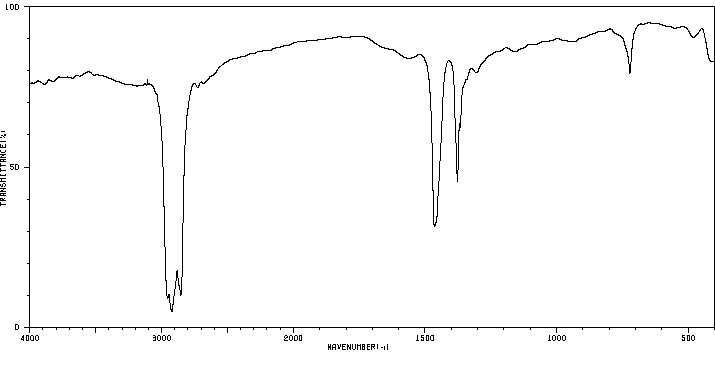代谢
汞主要通过摄入和吸入被吸收,然后通过血液流布全身,其中一部分会与血红蛋白上的巯基团结合。汞可以经过氧化转变为汞离子,这一过程通过过氧化氢酶-过氧化氢途径进行。汞原子能够扩散进入过氧化氢酶酶裂隙,到达含有血红素环的活性位点。由于过氧化氢酶-过氧化氢途径普遍存在,氧化最可能发生在所有组织中。氧化后,汞倾向于在肾脏中积累。汞主要通过呼气和粪便排出体外。
Mercury is absorbed mainly via ingestion and inhalation, then distributed throughout the body via the bloodstream, where a portion binds to sulfhydryl groups on haemoglobin. Mercury can undergo oxidation to mercuric mercury, which takes place via the catalase-hydrogen peroxide pathway. The mercury atom is able to diffuse down the cleft in the catalase enzyme to reach the active site where the heme ring is located. Oxidation most likely occurs in all tissue, as the catalase hydrogen peroxide pathway is ubiquitous. Following oxidation, mercury tends to accumulate in the kidneys. Mercury is excreted mainly by exhalation and in the faeces. (A6, L7)
来源:Toxin and Toxin Target Database (T3DB)







